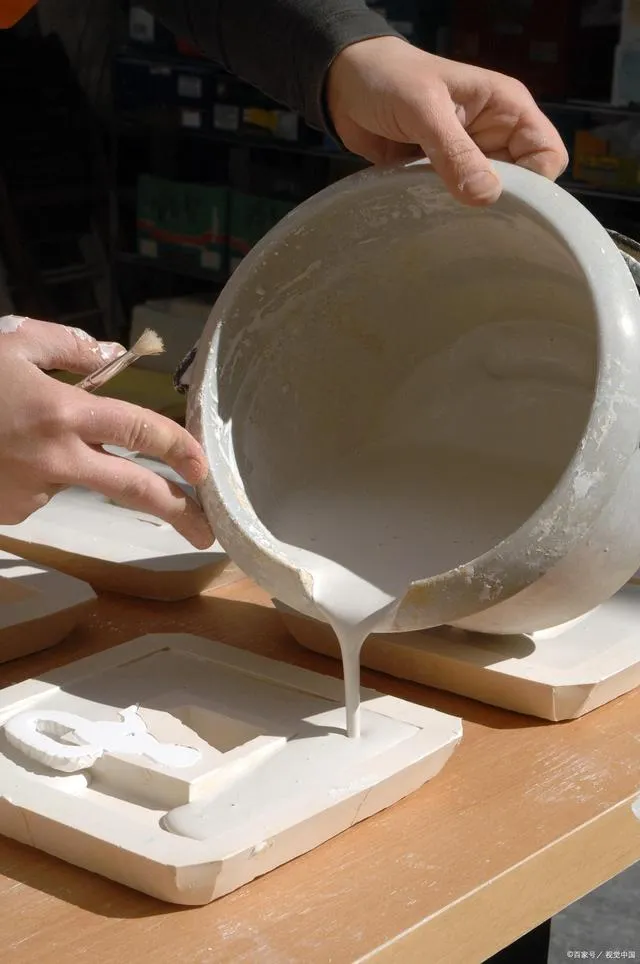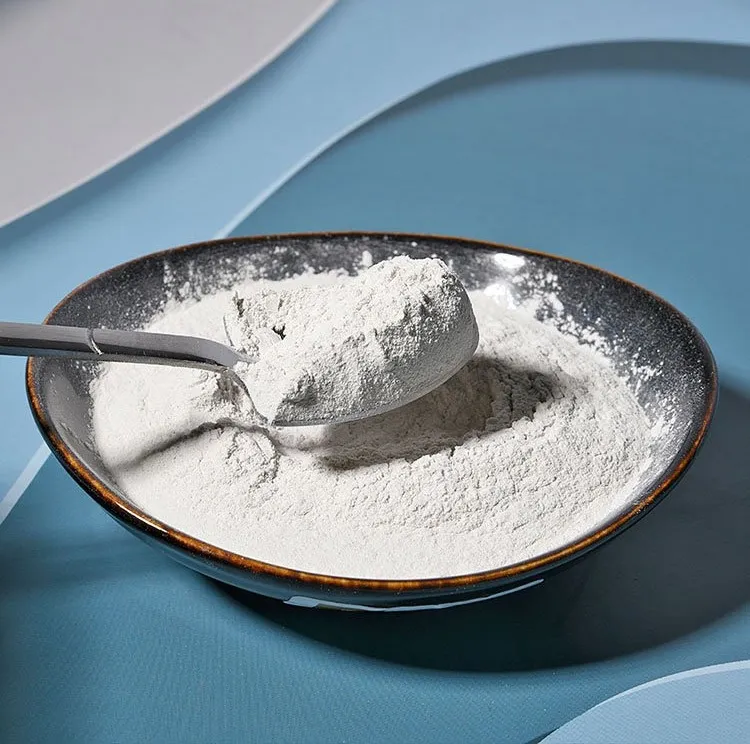
Understanding Gypsum Retarder and Its Role in Construction Materials
Gypsum-based materials, such as plaster, wallboard, and cement blends, play a crucial role in modern construction. However, the working time and setting behavior of gypsum can be adjusted through additives that either accelerate or delay hardening. Among these, the gypsum retarder and gypsum accelerator are two important categories of gypsum additives that allow professionals to tailor mixtures for specific applications. Whether you are working with gypsum plaster, wall coatings, or large-scale prefabricated elements, understanding the function of retarders and accelerators can significantly improve performance and usability.

Role of Gypsum Retarder and Accelerator in Construction
The setting of gypsum involves the hydration of calcium sulfate hemihydrate into calcium sulfate dihydrate. While this reaction typically occurs quickly, construction and manufacturing processes often require precise control of working time. This is where the retardante químico de yeso and gypsum accelerator entran en juego.
Gypsum Retarder: A retarder in gypsum delays the setting process, giving workers more time to mix, spread, and finish plaster before it hardens. Commonly used in wall plastering and decorative applications, retarders help avoid premature stiffening.
Gypsum Accelerator: In contrast, a gypsum plaster accelerator speeds up the hardening process. This is especially useful in cold environments or when rapid setting is necessary to achieve efficiency on construction sites.
The debate of gypsum is accelerator or retarder depends entirely on the chemical additives used. On its own, gypsum is generally considered a retarder in cement systems, but in gypsum plaster applications, both retarders in gypsum products and accelerators can be added to achieve the desired outcome.

Some widely used products include:
Plaster Retarder: Available in powder form, this additive helps slow down the setting of plaster to allow for better finishing.
Cream of Tartar Plaster Retarder: A traditional and natural option, cream of tartar has been historically used as a plaster retarder in construction.
Easy Mix Plaster Retarder: A commercial solution that offers contractors consistent control over setting time.
Extra Time Plaster Additive: As the name suggests, this additive gives applicators extended working time with plaster products.
Types of Gypsum Additives and Their Applications
The category of gypsum additives extends beyond retarders and accelerators. They can include plasticizers, water-reducing agents, and strength enhancers, all designed to improve workability and performance. Among them, retarders are particularly important in large-scale gypsum applications.
Gypsum Retarder Chemical Applications
A retardante químico de yeso is essential in:
Plastering walls and ceilings: To extend the working time for applying smooth coats.
Gypsum boards and panels: To maintain consistency in production and allow proper shaping before hardening.
Casting decorative elements: Such as cornices, false ceilings, and moldings, where precision and detail require longer workability.
Gypsum Accelerator Applications
On the other hand, a gypsum plaster accelerator is widely used in:
Prefabricated panels: Where faster setting helps speed up production cycles.
Cold weather conditions: To counteract naturally slower setting times.
Quick repair works: Allowing surfaces to be finished and painted within a shorter timeframe.
Gypsum is Accelerator or Retarder?
This question often arises in both academic and practical contexts. The answer is nuanced: gypsum is retarder or accelerator depending on the system. In Portland cement, gypsum acts as a retarder to prevent flash setting. In gypsum plaster applications, however, special additives can transform it into a system that either delays or accelerates setting.
Thus, the final role of gypsum depends on the specific gypsum additives used.
Conclusion
The versatility of gypsum in construction largely depends on how its setting time is modified using gypsum retarder and gypsum accelerator additives. From traditional solutions like cream of tartar plaster retarder to modern options like retardante de yeso de fácil mezcla and aditivo para yeso de tiempo extra, these chemicals provide workers with greater flexibility and control. Ultimately, the decision between an accelerator or a retarder depends on the specific project, environmental conditions, and production requirements.
Whether asking “gypsum is accelerator or retarder” or exploring different retarders in gypsum products, one thing is clear: additives are key to unlocking the full potential of gypsum-based materials in today’s construction industry.
FAQs About Gypsum Retarders and Additives
1. What is a gypsum retarder and why is it used?
A gypsum retarder is a chemical additive that slows down the setting of gypsum plaster or boards. It is used to extend working time, making it easier to apply and finish surfaces without premature hardening.
2. What are common types of retarders in gypsum products?
The retarders in gypsum products include plaster retarder, cream of tartar plaster retarder, retardante de yeso de fácil mezcla, and aditivo para yeso de tiempo extra. These options vary from natural compounds to modern engineered additives.
3. Is gypsum an accelerator or a retarder?
In Portland cement systems, gypsum is retarder, preventing flash setting. In gypsum plaster applications, with the right gypsum additives, it can act as either an accelerator or a retarder, depending on project needs.
4. What is the difference between a gypsum retarder chemical and a gypsum accelerator?
A retardante químico de yeso delays setting to provide more working time, while a gypsum accelerator speeds up hardening for faster completion or production. Both are essential gypsum additives used in different applications.
5. Can natural products be used as plaster retarders?
Yes, traditional plaster retarder options include cream of tartar plaster retarder, which is a natural and effective solution. However, modern products like retardante de yeso de fácil mezcla and aditivo para yeso de tiempo extra are also widely used for more consistent results.
-
Hydroxypropyl Starch as a Sustainable Construction AdditiveNewsNov.24,2025
-
The Gelation Properties of CMCNewsNov.21,2025
-
Redispersible Latex Powder and Water Retention CapacityNewsNov.21,2025
-
Dosage Control for Polycarboxylate Water ReducerNewsNov.21,2025
-
Film-Forming Properties of Polyvinyl AlcoholNewsNov.21,2025
-
The Function of Gypsum Additives in MortarNewsNov.21,2025





















